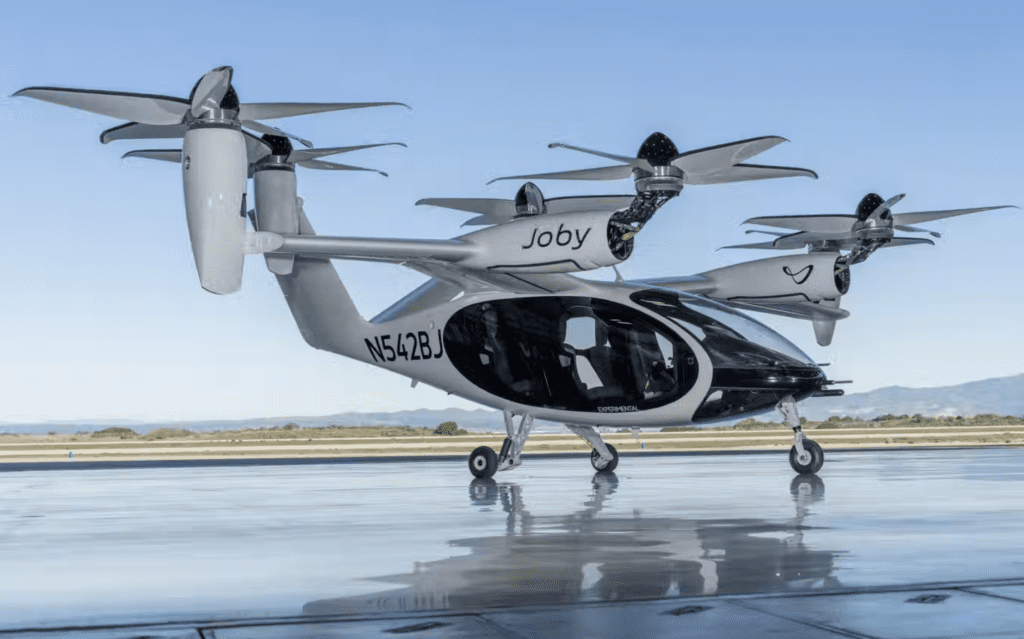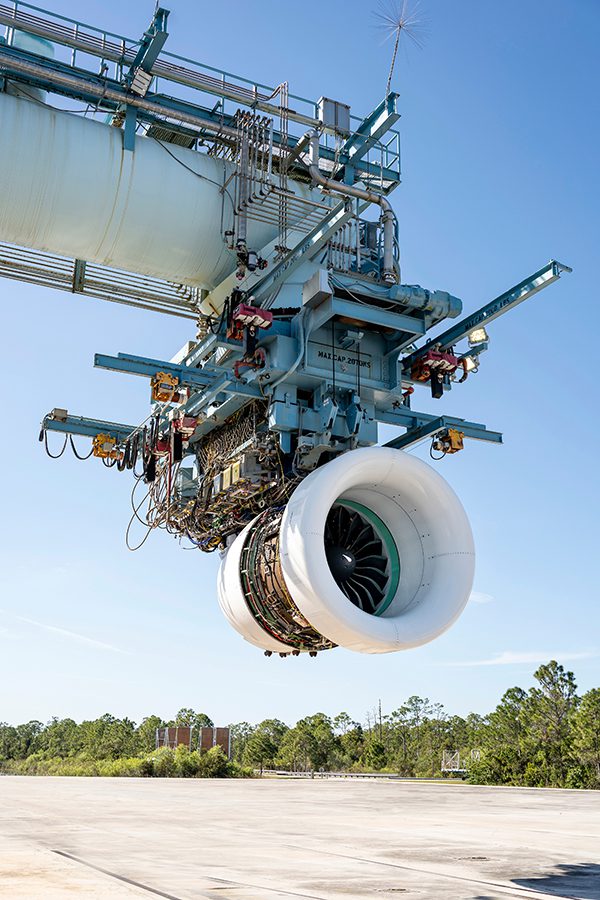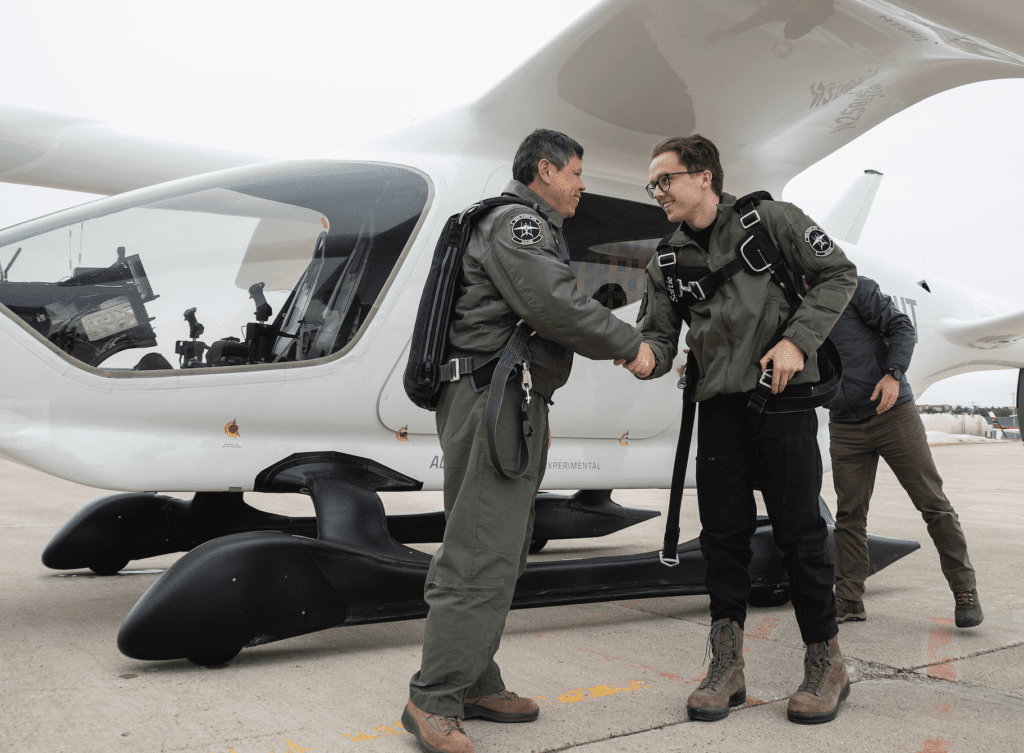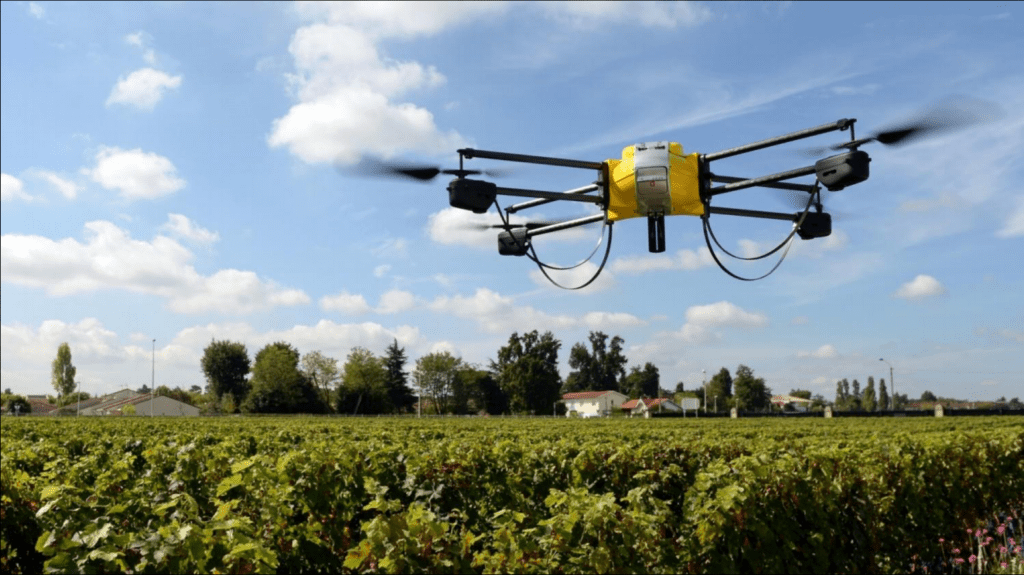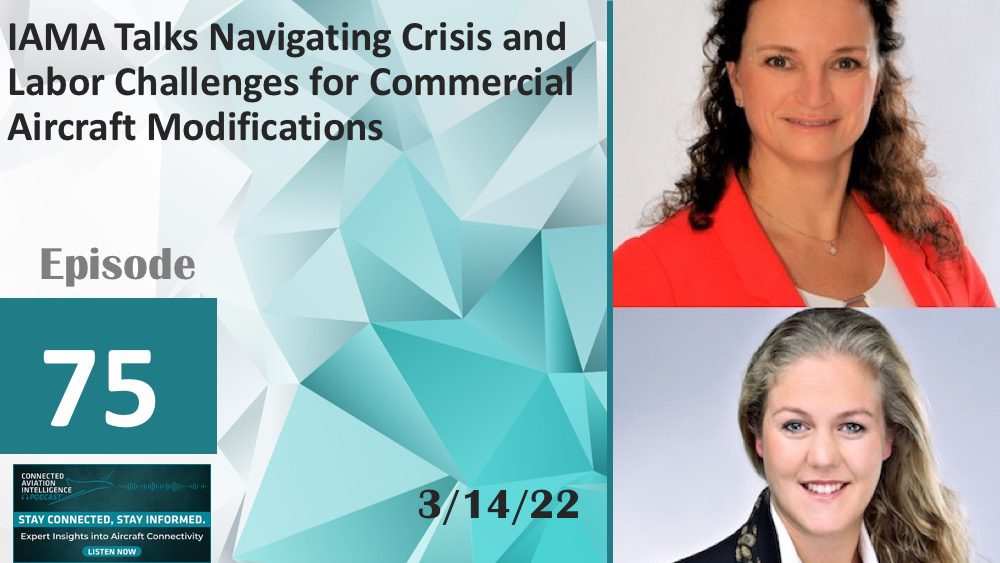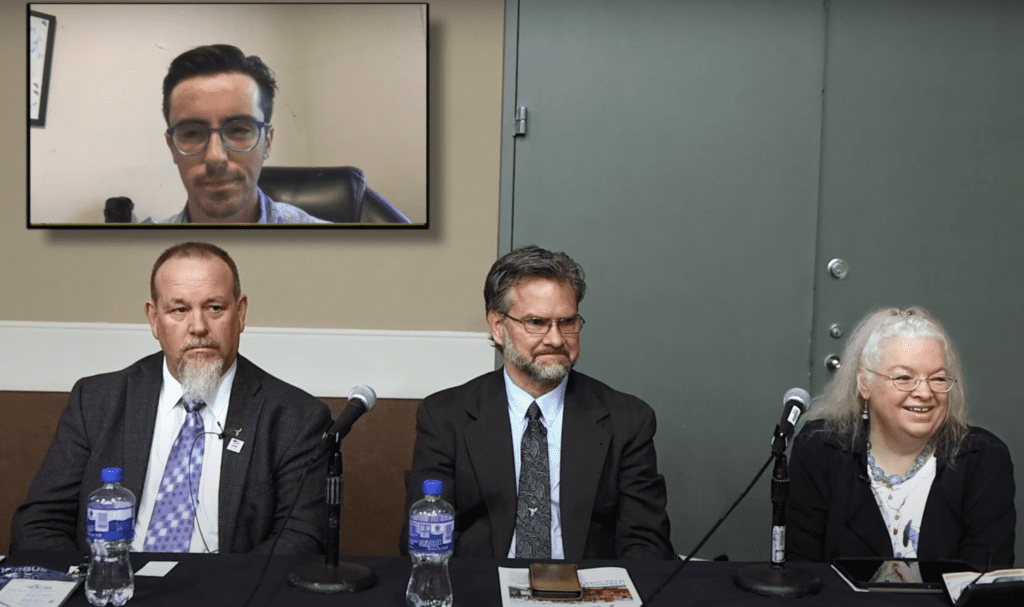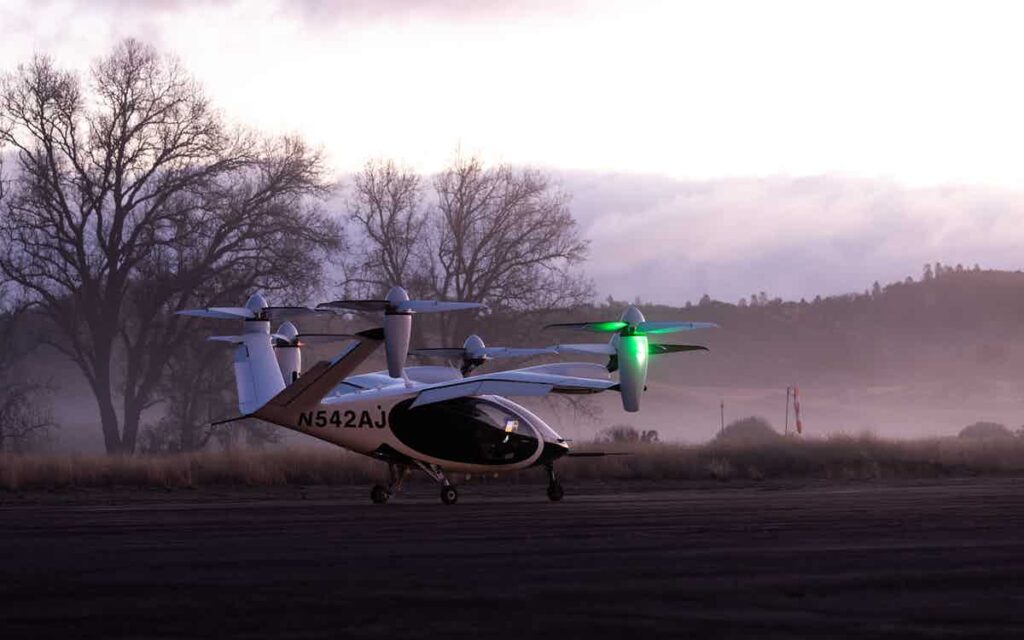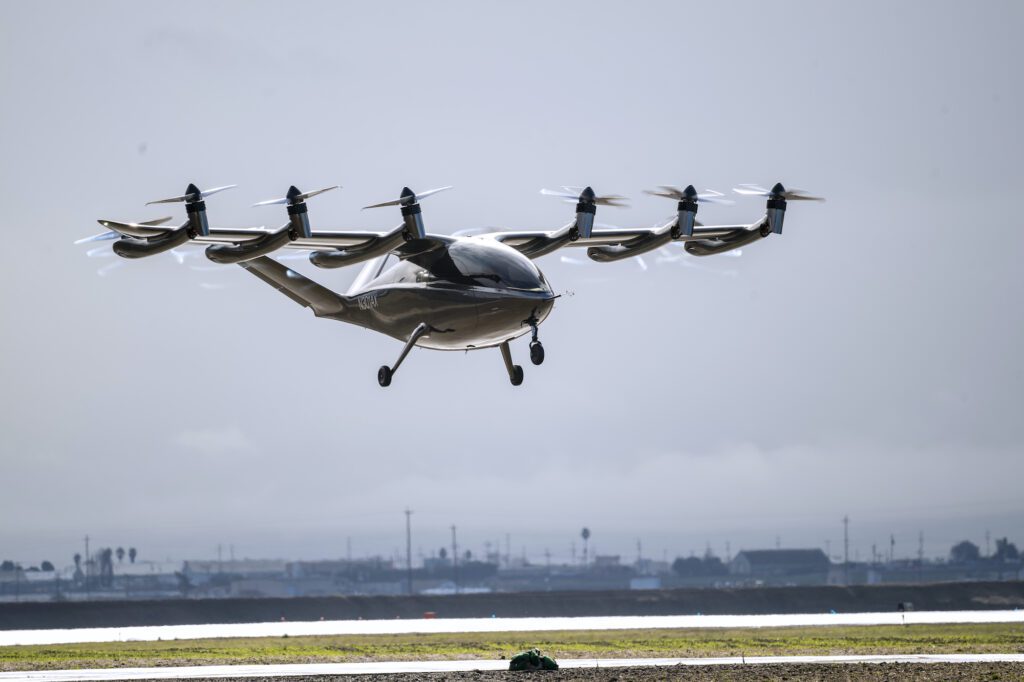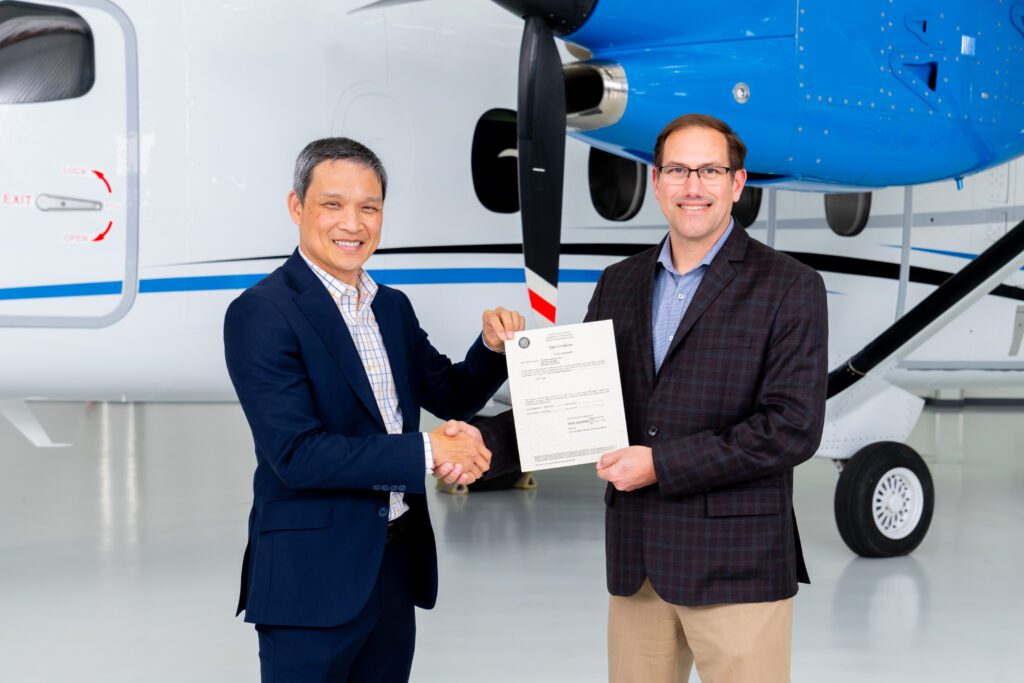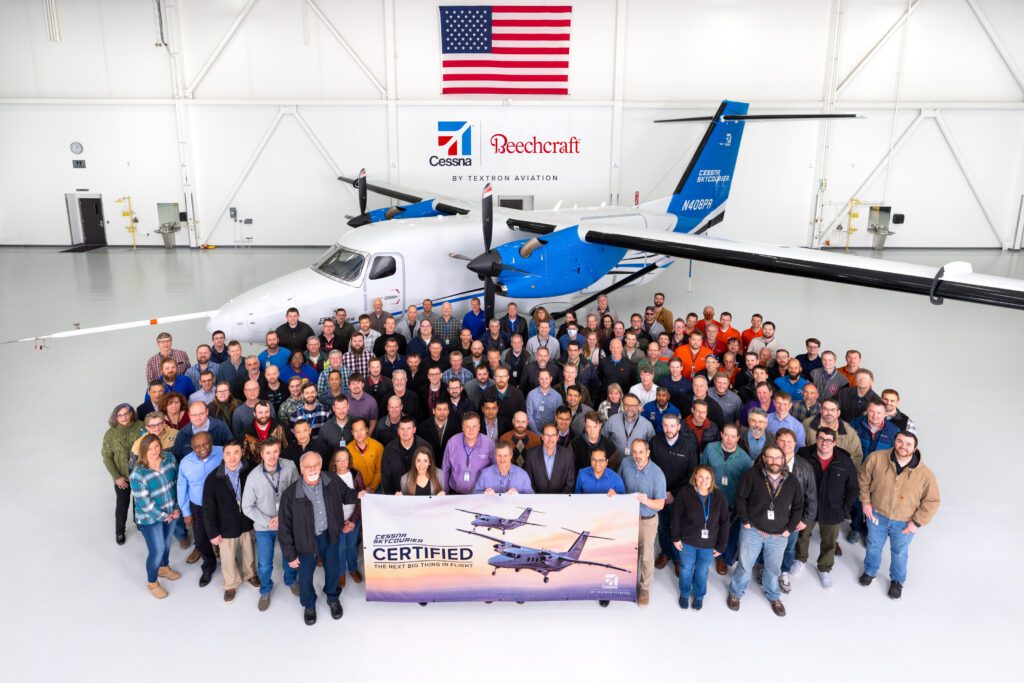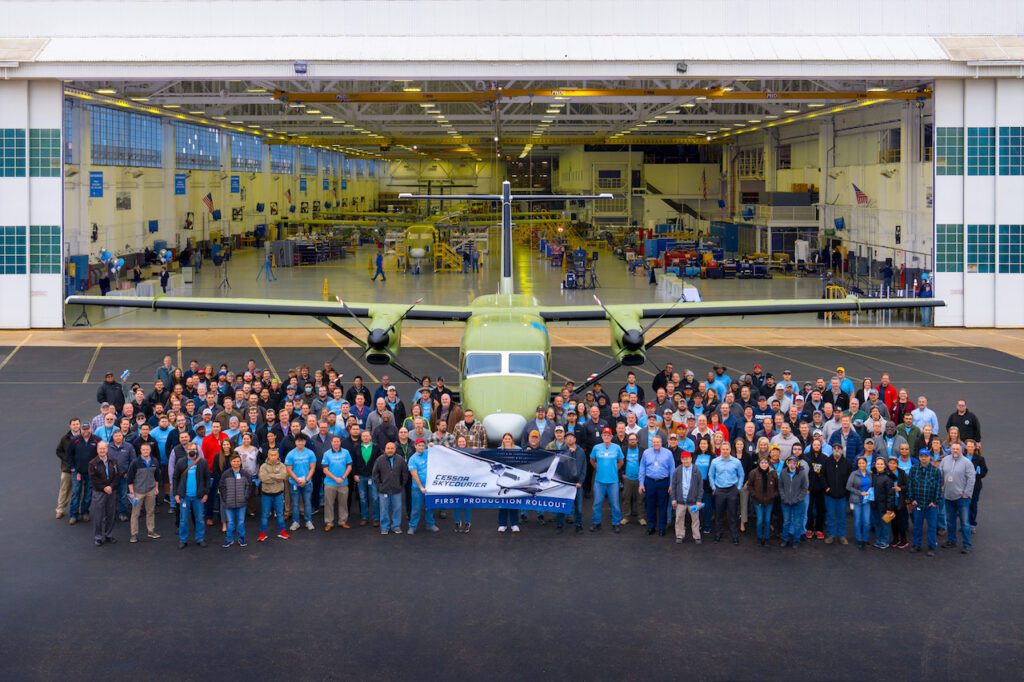Acciona Partners with Embraer’s Eve, Agrees to Invest $30 Million
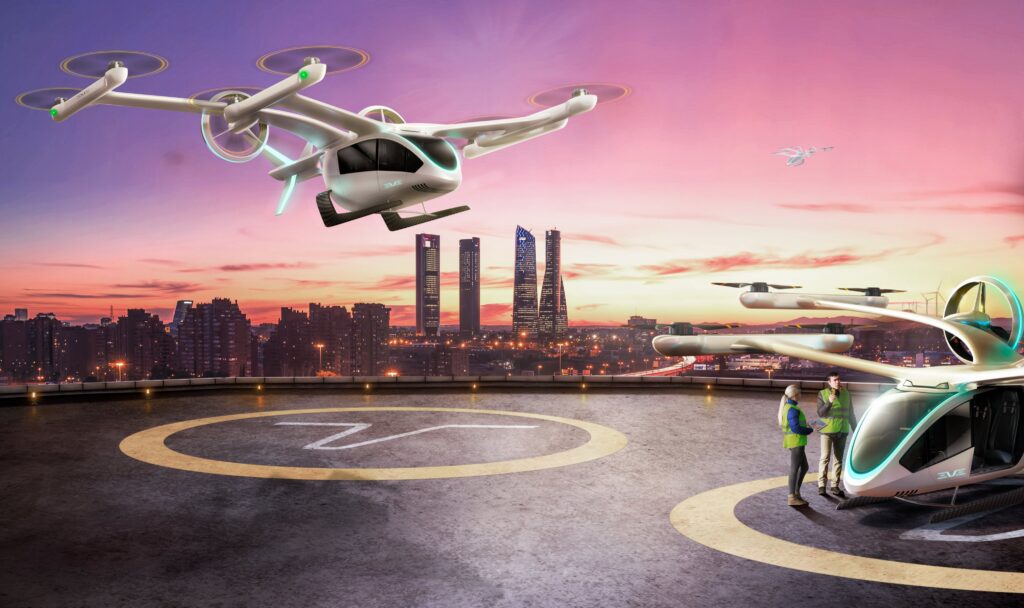

The latest partnership announced by Eve is an agreement with Acciona, who will invest $30 million and contribute to Eve’s Board of Directors following the company’s business combination with Zanite Acquisition Corp. Eve is developing an eVTOL aircraft, imagined in the photo above, and has already received close to 1,800 pre-orders for the vehicle. (Photo: Eve)
On March 18, Embraer’s subsidiary, Eve Urban Air Mobility, announced a strategic partnership with the company Acciona—developer of renewable energy solutions and infrastructure—that includes an investment of $30 million into Eve. This investment will follow Eve’s business combination agreement with Zanite Acquisition Corp. agreement, after which Eve will list on the New York Stock Exchange. Acciona CEO José Manuel Entrecanales will also become a member of the Board of Directors as part of the new partnership. This is expected to take place in Q2 of this year.
Eve also formed another partnership with Global Crossing Airlines Group (GlobalX) that was announced last week. The two companies signed a Letter of Intent for GlobalX to order up to 200 electric vertical take-off and landing (eVTOL) aircraft from Eve, which will likely be fulfilled in 2026 when Eve expects to begin eVTOL deliveries. The partnership extends beyond the order for Eve’s aircraft; GlobalX and Eve intend to work together in exploring urban air mobility (UAM) and development of a UAM ecosystem, including infrastructure to support eVTOL operations.
Revealed in yet another announcement from Eve last week, the company formed a consortium made up of leading UAM organizations including Skyports, L3Harris, and the Community Air Mobility Initiative (CAMI). The consortium aims to develop a concept of operations (ConOps) for UAM between Miami International Airport (MIA) and the Miami Beach Convention Center. “Miami-Dade County and Florida present a great opportunity for Eve to create a blueprint that can be replicated in markets in North America and other regions as we look toward the introduction of UAM operations,” remarked Eve’s co-CEO André Stein.

Eve Urban Air Mobility recently formed a consortium to develop a concept of operations for UAM in Miami, pictured in the rendering above along with Eve’s eVTOL aircraft. The company GlobalX, another new partner of Eve’s, has agreed to order up to 200 eVTOLs and anticipates significant expansion of operations in Miami and throughout southern Florida. (Photo: Eve)
The partnership between GlobalX and Eve will serve to reinforce the ConOps in Miami-Dade. In the company’s announcement, CEO of GlobalX Ed Wegel commented that Eve’s eVTOLs “will enable us to expand our market throughout south Florida, bringing our customers to their flights at MIA and FLL, as well as local flying within Key West and all of the Keys, Naples, and Palm Beach.”
Through all of these endeavors, Eve is committed to developing and delivering a sustainable UAM ecosystem. In its latest agreement, the strategic partnership with Acciona, Eve hopes to promote novel industrial initiatives such as vertiports and battery charging solutions, while leveraging Acciona’s expertise in building green infrastructure. Acciona’s José Manuel Entrecanales mentioned in the announcement from Eve that the global population is becoming more and more concentrated in large cities. “Keeping the climate footprint of these urban areas at bay is one of the greatest challenges of the decarbonization process we are all engaged in,” he said. “Urban air transport models such as the one proposed by Eve can be very useful when considering different sustainable mobility solutions. Participating in a project as innovative as Eve will allow us to continue advancing along that path.”
The CEO of Eve’s parent company Embraer, Francisco Gomes Neto, is confident in the market potential of future UAM operations. During Embraer’s annual results call earlier this month, he remarked that Eve has Embraer’s strategic support, which includes “access to infrastructure, extensive aircraft certification and manufacturing experience, and already established global network of services and support, intellectual property, and engineers as major differentiators from other projects.”
The post Acciona Partners with Embraer’s Eve, Agrees to Invest $30 Million appeared first on Aviation Today.
—————
Boost Internet Speed–
Free Business Hosting–
Free Email Account–
Dropcatch–
Free Secure Email–
Secure Email–
Cheap VOIP Calls–
Free Hosting–
Boost Inflight Wifi–
Premium Domains–
Free Domains







